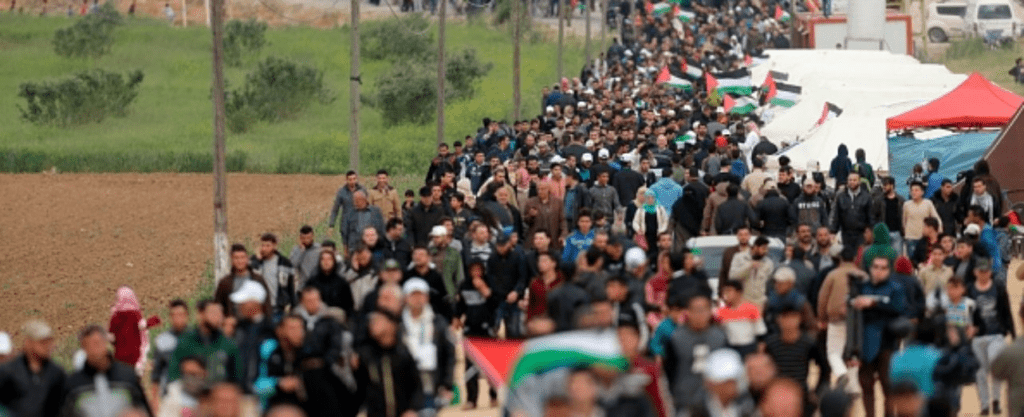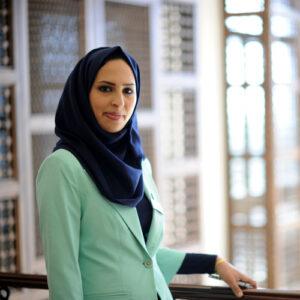Transforming Weapons of Death into Beacons of Life: Reflections this Palestinian Land Day
It’s a photo that haunts me. A spent tear gas canister that has been transformed into a planter with rolling hills of Palestinian farmland in the background. There is so much that races through my mind every time I see it. The men, women, children and elderly surrounded by gray smoke coughing and gasping for air, steadfast in their determination to demand their human rights to land, water, food and dignity. The young Israeli soldiers who fired the gas into the civilian crowd in an attempt to squelch a peaceful protest – indifferent about the injury it might cause. The words “Made in the USA” brand the origin of the canisters used against Palestinians. And the resilience and peacefulness at the heart of the Palestinian struggle that can transform weapon into something that instead contains life.
Palestinian Land Day (March 30) commemorates the events of March 30, 1976, when the Israeli army and police killed six peaceful Palestinian protesters and injured nearly 100 others as they demonstrated against Israel’s plan to grab 2,000 hectares of Palestinian land in Galilee. In 2018, Land Day kicked off the Great March of Return – which was initially meant to go on for six weeks, but has continued on for an astonishing year-long series of weekly protests by Palestinians. In fact, just weeks ago from the writing of this piece, tear gas canisters, along with rubber bullets and live ammunition pummelled ambulances and medical personnel who were providing medical care to the 133 injured Palestinians (including 32 children) who were fired upon during their weekly peaceful protest. There was one casualty – 23-year old Tamer Khaled Mostafa ‘Arafat. In the nearly year-long protests over 11,000 Palestinians have been wounded and 192 have been killed.

Even with all this pain, suffering, dehumanization and violence surrounding them in daily life, Palestinians find a way to continue on. Their self-determination and hope make me think of the sprouting succulent growing out of the spent tear gas canister in the picture. There’s a saying in Palestine, “To exist is to resist.” Every day acts – like planting a field or harvesting an olive grove – stand out as acts of resistance to the Israeli occupation.

Entire generations have known nothing but occupation and war. “I’m only 28. I’ve lived through three wars…We always have hope for a better Gaza. Our hope is making us stronger,” said Alaa Hammouda of the Gaza Community Mental Health Program at our 35th Anniversary panel in October 2018. “We try to plant hope in our children, to teach them to fight for their rights and not give up. If we give up, who will continue this fight?” she asked us, with courage and conviction ringing through her soft voice.
My mind goes back to that tear gas canister and the thousands more like it that litter the Palestinian countryside. They are weapons of fear, intimidation and inhumanity that were produced in our backyard. They’re the tear gas canisters used around the world – in Tahrir Square, in Ferguson, in Standing Rock and in Gaza – to stifle dissent and to choke out the struggle for human rights.
On Land Day we need to clear the air and see the very direct connection that the US has to the Israeli occupation, from the production of weapons used against Palestinians to the policies and international aid we provide to the Israeli military. As we stand in solidarity with Palestinians this Land Day, let’s also hold our own government and industries accountable for the suffering and human rights violations they are enabling. And let’s remember the courage and creativity to transform weapons of death into beacons of life, on canister at a time.

